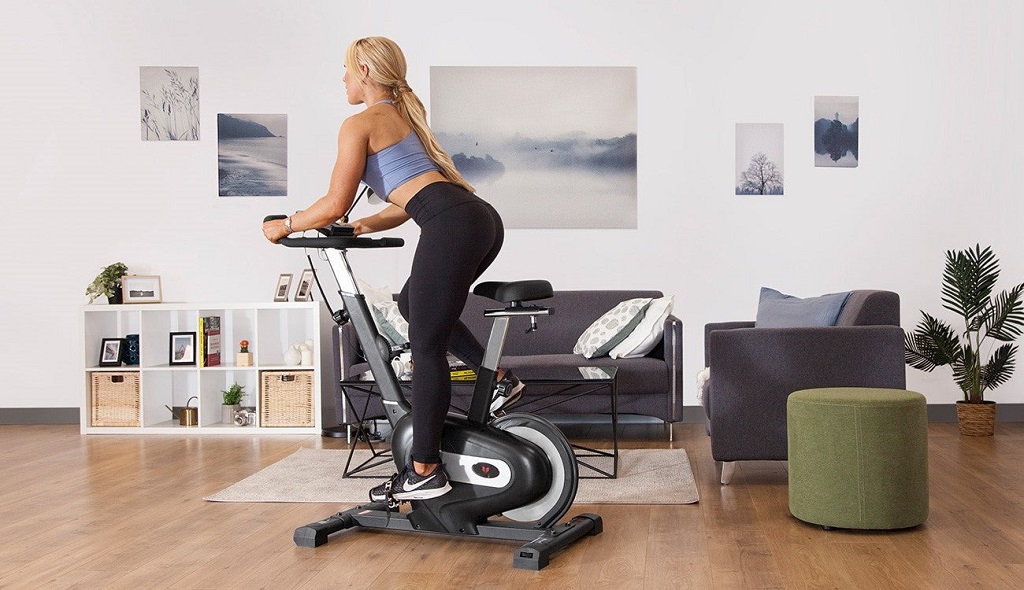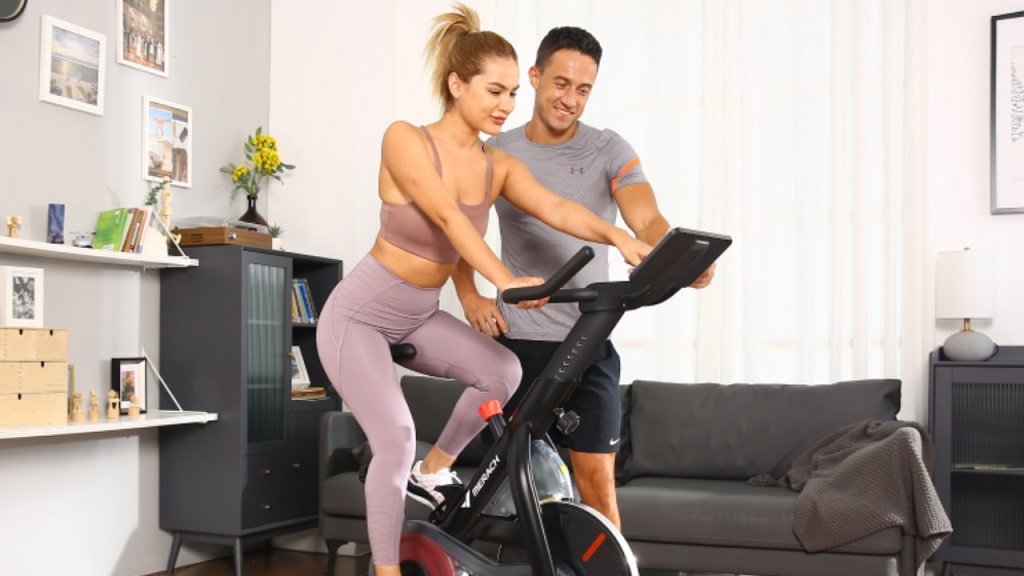Exercise bikes are one of the most practical and effective fitness tools for home training. They combine cardiovascular benefits with low-impact movement, making them suitable for people of all fitness levels. Unlike treadmills or heavy gym machines, bikes are compact, quiet, and often more budget-friendly. The best models today come with digital consoles, resistance settings, and even app connectivity to keep your workouts engaging.
Choosing the right bike depends on your goals. If you want endurance training, a spin-style bike may suit you. For comfort and joint support, a recumbent model works well. Upright bikes, on the other hand, balance affordability with performance. This guide will walk you through the top picks across price ranges, while answering the most common questions buyers ask before making a purchase.
Which Types of Exercise Bikes Are Best for Home Use?
Upright Bikes
These mimic the traditional road bike design. They are compact, affordable, and perfect for moderate workouts. Most upright bikes come with adjustable resistance, making them suitable for both beginners and regular exercisers.
Spin Bikes
Designed for high-intensity training, spin bikes are popular with those who enjoy structured programs like indoor cycling classes. They offer heavy flywheels, smooth pedaling, and strong resistance options. If you want calorie-burning, sweat-heavy sessions, this is the right pick.
Recumbent Bikes
With a reclined seat and back support, recumbent bikes are the most comfortable. They reduce stress on joints and lower back, making them a strong option for older adults, rehab users, or anyone who prefers long, steady rides.
What Are the Best Affordable Exercise Bikes?
Not every good exercise bike has to be expensive. Here are some well-rated affordable options that balance quality and budget:
- Sunny Health & Fitness SF-B1002: A sturdy spin bike with a heavy flywheel at an accessible price. Great for interval training.
- XTERRA Fitness FB150: A foldable upright bike with basic resistance levels. Ideal for small apartments.
- Marcy Recumbent ME-709: A budget-friendly recumbent bike offering smooth pedaling and easy seat adjustment.
Which High-Performance Bikes Are Worth the Investment?
If you want premium features, durability, and interactive training, consider these options:
- Peleton Bike: Known for its interactive classes, large screen, and live leaderboard. Perfect for those who thrive with guided motivation.
- NordicTrack Commercial S22i: Comes with incline/decline functions, a rotating HD screen, and iFit integration.
- Schwinn IC4: A mid-premium spin bike compatible with apps like Zwift and Peloton Digital without requiring their hardware subscription.
How Do You Choose the Right Exercise Bike for Your Needs?
- Fitness Goals: Weight loss and cardio → Spin bike. Comfort and endurance → Recumbent. Balanced training → Upright.
- Space: Small apartment → Foldable upright. Dedicated gym room → Spin or commercial bike.
- Budget: Under $300 for entry-level, $500–$800 for mid-range, $1,500+ for premium connected models.
- Extra Features: Consider digital consoles, Bluetooth, app integration, and heart-rate monitors if you want structured tracking.
Are Exercise Bikes Good for Weight Loss?
Yes. Cycling indoors can burn anywhere from 300–600 calories per session depending on intensity. Spin bikes, with their higher resistance and interval capability, often burn the most. Pairing regular sessions with a balanced diet can help with effective weight management.
Conclusion: Which Exercise Bike Should You Buy?
The best exercise bike depends on your personal goals, budget, and space. Upright bikes offer balance and affordability, spin bikes deliver intensity, and recumbents provide comfort. For those who want premium experiences, connected bikes like Peloton and NordicTrack are excellent long-term investments.
If you’re starting fresh, try an affordable upright or recumbent to build consistency. As your fitness level grows, you can upgrade to interactive or commercial-grade options. Remember, the best bike is the one you’ll actually use consistently. Start small, ride often, and you’ll see the results.
Read More Also: Fixing Your Portable Dishwasher
FAQs About Home Exercise Bikes
Are exercise bikes safe for beginners?
Yes, most bikes come with adjustable resistance and seat settings. Beginners can start light and progress gradually.
Do exercise bikes help with knee problems?
Recumbent bikes are particularly knee-friendly as they reduce joint stress. Always consult your doctor before starting rehab workouts.
How much should I spend on a home exercise bike?
You can find reliable models under $300. For advanced features like app connectivity or studio-level performance, expect $800–$1,500.
How long should I ride an exercise bike daily?
Start with 20–30 minutes, three to four times per week. Gradually increase duration and intensity for better results.
Do exercise bikes need maintenance?
Yes, occasional tightening of bolts, lubricating chains, and cleaning sweat residue ensures longevity. Magnetic resistance models need less upkeep than chain-driven ones.
What’s the difference between magnetic and flywheel resistance?
Magnetic resistance is quieter and smoother, while heavy flywheel resistance gives a more road-like cycling feel. Both are effective.



